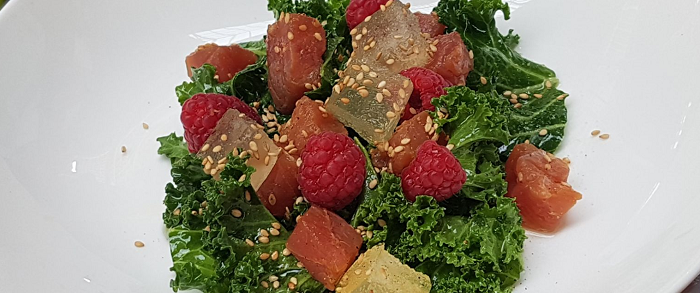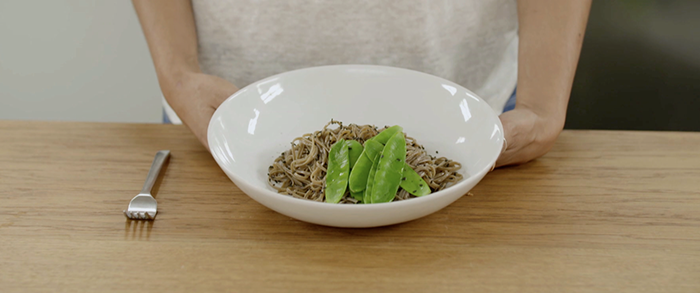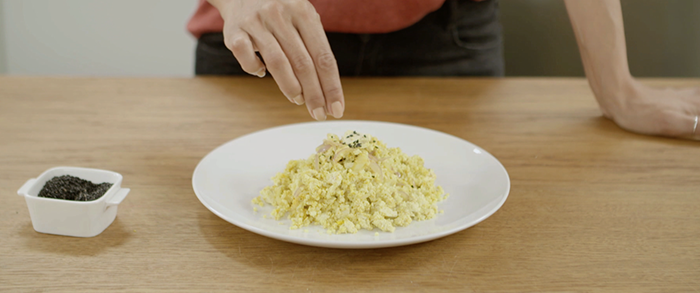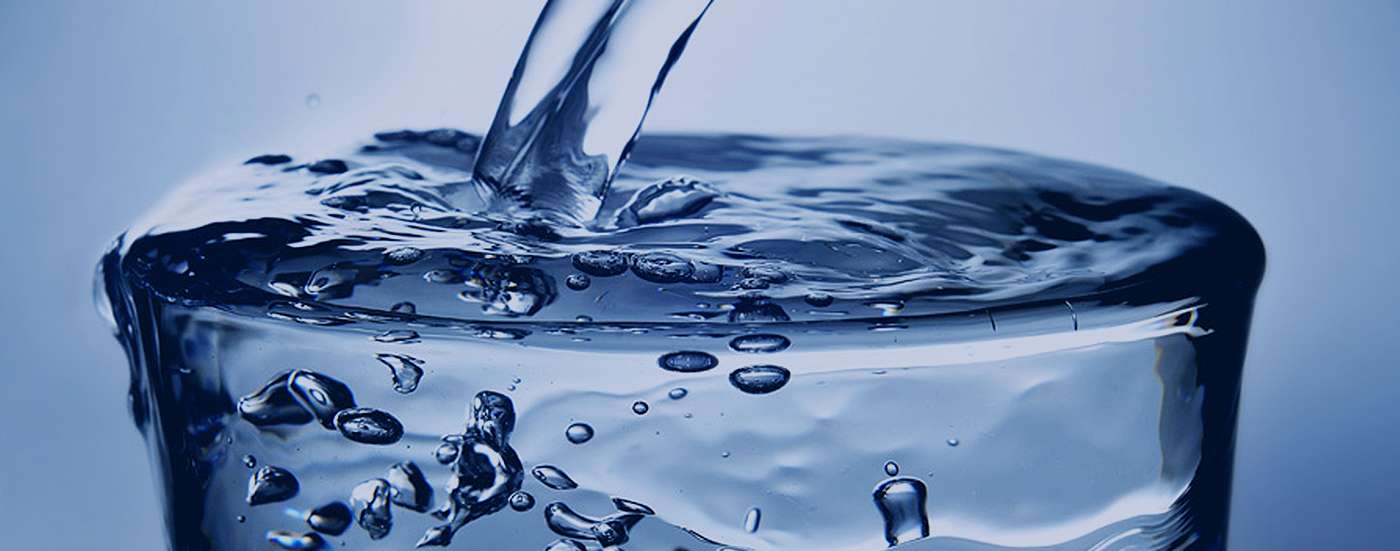
¿QUÉ ES EL AGUA MINERAL?
¿Sabemos qué es el agua mineral y qué tipo de aguas existen? Las identificamos por la forma de su botella, por el color o por dónde está ubicada en nuestro supermercado. Los anuncios destacan algunas palabras, nos hemos acostumbrado a su sabor y puede que incluso hayamos aprendido a diferenciarla respecto a otras. ¿Pero sabemos qué agua bebemos? ¿Qué propiedades y beneficios tiene para nosotros? A continuación proponemos un breve diccionario para saber qué es lo que bebemos y como nos afectan los minerales que tomamos con el agua.TIPOS DE AGUA:
El agua con más de 600 mg/l. de bicarbonato, convienen a las personas con acidez gástrica y favorecen la eliminación de ácido úrico. Todas las aguas bicarbonatadas son recomendables para las personas que tienen difícil digestión porque potencian la secreción exocrina pancreática, favorecen la función digestiva y el tránsito intestinal. También están asociadas a la mejora del nivel de colesterol. Cada agua mineral tiene unos minerales específicos. Algunas son cloruradas, sulfatadas o ferruginosas. Cuando el agua es cálcica significa que es rica en calcio. Las aguas son cálcicas cuando su aporte de calcio es mayor a 150 mg por litro (la leche contiene 1200 mg de calcio por litro). Así que aunque su valor en calcio no sea tan alto como en los lácteos sÍ que es un fuente extra para el organismo. Numerosos estudios consideran que el calcio es un factor que contribuye a reducir el riesgo de enfermedades cardiovasculares. Respecto a los mecanismos por los que la presencia de cierta cantidad de calcio en las aguas de bebida podrían reducir el riesgo cardiovascular y ayuda a reducir la tensión sistólica (la alta) en ingestas diarias y de manera frecuente. Además, las aguas cálcicas están asociadas a valores antialérgicos, sedantes y antiinflamatorios.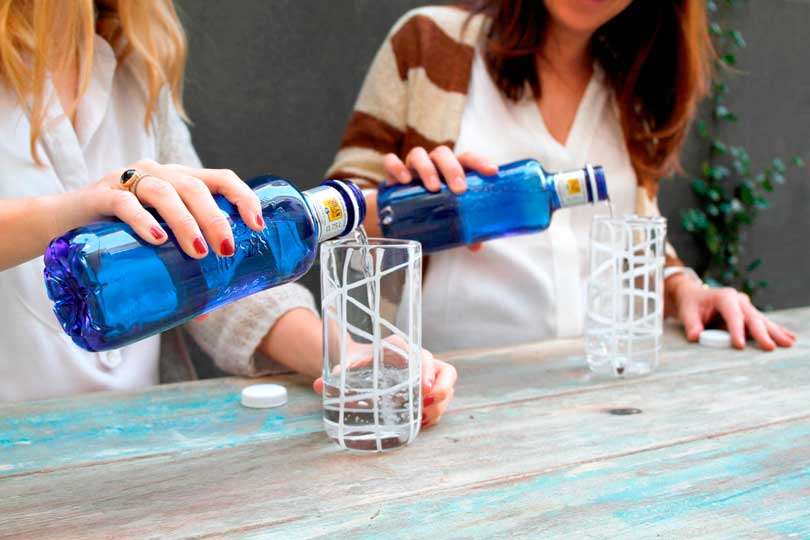
Es la clasificación del agua según su temperatura. Las aguas subterráneas se califican en termales según las temperatura a la que se encuentran en su punto de salida. En este caso, el agua hipotermal es aquella que emana a temperaturas de entre 20º y 35º C.
El litio es un mineral que desde la antigüedad se ha utilizado para la enfermedades física y de la psique, por su poder calmante y estabilizador. Asimismo, se las consideran beneficiosas para personas que tengan problemas con la piel. Las aguas litínicas son aquellas que tienen litio en un 1 mg por litro.
El tipo de agua está determinada por las características geológicas del terreno y el tipo de mineralización depende de las rocas que están en los manantiales. Cuando el agua es catalogada, por la legislación, como agua de mineralización débil significa que tiene hasta 500 mg de minerales por litro. Eso está muy bien sí, ¿pero que significa? Pues básicamente que este tipo de mineralización ayuda a eliminar más fácilmente la toxinas que otro tipo de agua. En el justo medio. Por eso son recomendables para bebés, para personas mayores (cuyo cuerpo con el envejecimiento cuesta más depurar), para gente con hipertensión arterial, problemas renales o retención de líquidos.
Las aguas potables son todas aquellas que al no sobrepasar los límites sanitarios tolerables pueden consumirse con normalidad. Todas las aguas minerales son potables, pero no todas las aguas potables son minerales. El agua corriente que sale de los grifos de nuestra cocina es potable, nos quita la sed, pero no aporta sales minerales. Solo las aguas catalogadas como tal tienen beneficios específicos para nuestra salud.
